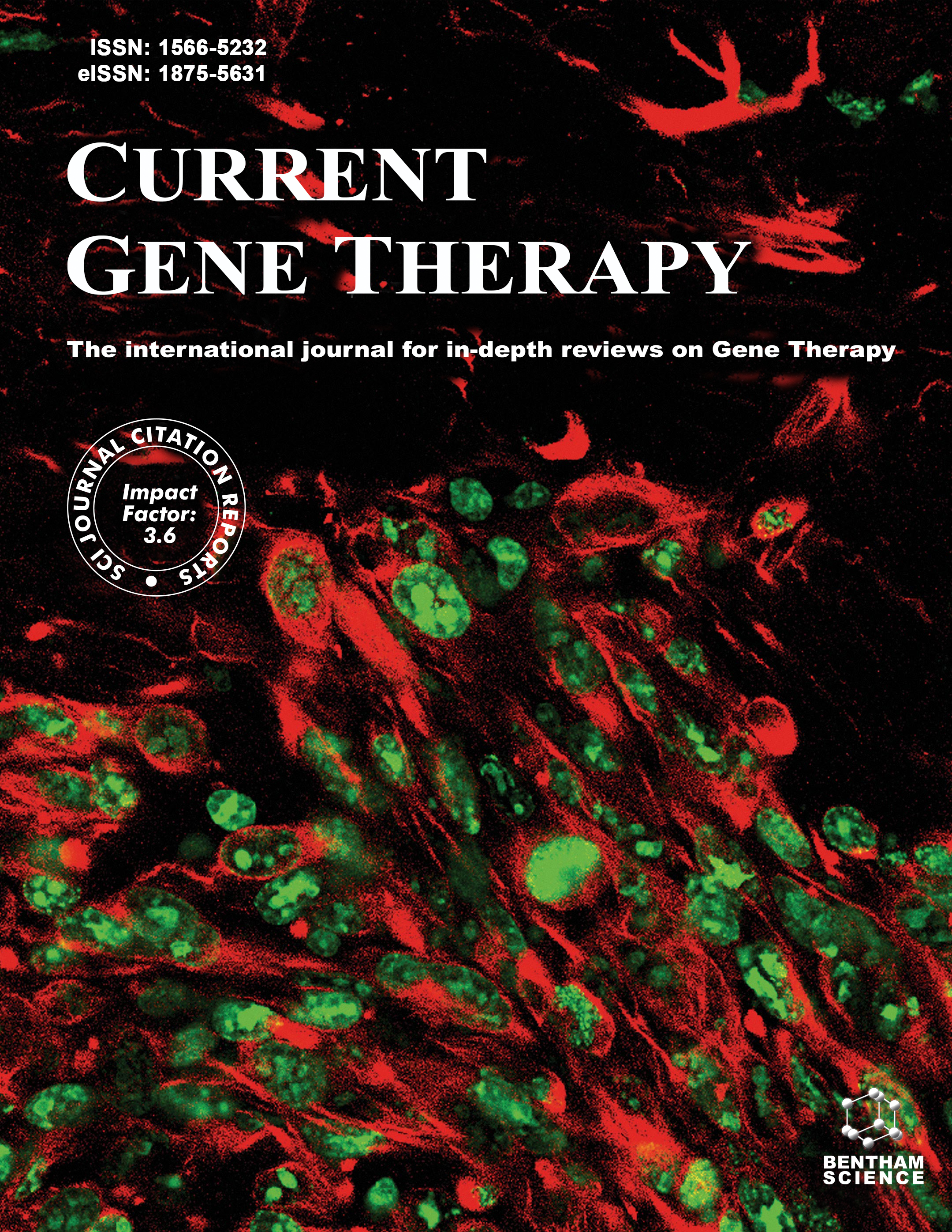
Full text loading...

Hematologic malignancies, which arise from dysregulation of hematopoiesis, are a group of cancers originating in cells with diminished capacity to differentiate into mature progeny and accumulating immature cells in blood-forming tissues such as lymph nodes and bone marrow. Immune-targeted therapies, such as Immune Checkpoint Blockade (ICB), chimeric antigen receptor T (CAR-T) cell therapy, and the Clustered Regularly Interspaced Short Palindromic Repeats (CRISPR) system, a precise, popular, and versatile genome engineering tool, has opened new avenues for the treatment of malignancies. Targeting immune checkpoints has revolutionized FDA approval in cytotoxic T-lymphocyte-associated protein 4 (CTLA-4), PD-1 (programmed death-1), and PDL1. According to the ICB and CAR techniques, the production of efficient CAR-T cells depends on the successful genetic modification of T cells, making them less susceptible to immune escape and suppression by cancer cells, which results in reduced off-target toxicity. Therefore, CRISPR/Cas9 has revolutionized the immune checkpoint-based approach for CAR-T cell therapy of hematologic malignancy. Continued research and clinical trials will undoubtedly pave the way for further advances in this field, ultimately benefiting patients and improving outcomes.

Article metrics loading...

Full text loading...
References


Data & Media loading...